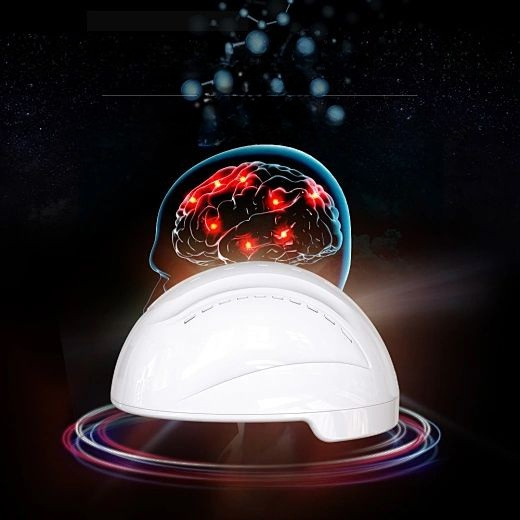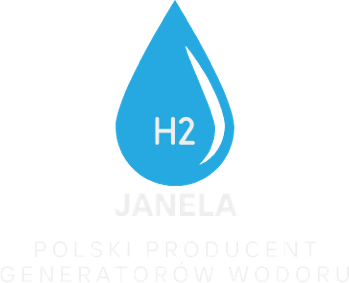Medicine of the future
Categories
Photobiomodulation (PBM):
“A New Era of Cellular Therapy”

Photobiomodulation (PBM), also known as red light therapy or low-level laser therapy (LLLT), is an innovative method that uses light at specific wavelengths to stimulate biological processes in the body.
PBM therapy is the application of red and near-infrared light to diseased or damaged tissue to reduce inflammation, promote regeneration, and strengthen the body’s immune system. PBM induces photochemical changes in the body, similar to photosynthesis in plants or the synthesis of vitamin D by sunlight.
In recent years, it has gained popularity both in medicine and among healthy lifestyle enthusiasts for its therapeutic and regenerative benefits.
It is increasingly being studied as a supportive treatment for a wide range of conditions, from mild to very severe, especially in cases of chronic, neurodegenerative, and painful diseases.
Get to know the list of selected diseases that, according to current research, are supported by PBM:
🧠 Neurological and neurodegenerative diseases
PBM shows promising effects in the treatment of brain diseases - mainly through anti-inflammatory, neuroprotective and supporting neuronal metabolism.
- Alzheimer’s disease - PBM improves memory, cognitive functions and delays the progression of neurodegeneration.
Source: PubMed: 29327206
- Parkinson’s disease - It can support motor skills, slow down the degeneration of dopaminergic neurons.
Source: PubMed: 38891098
- Stroke (after stroke) - PBM used in the early phase can accelerate neurological regeneration and improve cognitive and motor functions.
Source: PubMed: 33471046
🦠 Autoimmune and inflammatory diseases
- Multiple sclerosis (MS) - PBM can alleviate symptoms of fatigue and pain and support the regeneration of nervous tissue.
- Rheumatoid arthritis (RA)– Reduces pain and inflammation in the joints. Source: PubMed: 37762594
- Lupus erythematosus– Note: in some cases PBM may be contraindicated – always consult your doctor.
💔 Heart and circulatory system diseases
Heart failure– PBM may improve mitochondrial function in the heart muscle and support regeneration.
Source: PubMed: 34179622
🎗️ Cancer – supportive therapy
PBM in the treatment of side effects of cancer therapy– Reduces pain after radiotherapy and chemotherapy, relieves inflammation of the oral mucosa (mucositis), improves skin and tissue regeneration.
Source: PubMed: 39064312
🦵 Chronic wounds and diabetic foot
Chronic ulcers, pressure sores, diabetic foot – PBM accelerates wound healing by stimulating angiogenesis and tissue regeneration.
Source: PubMed: 39829285
🧬 Fibromyalgia and chronic pain syndromes – PBM can significantly reduce pain and improve the quality of sleep and life of patients.
Source: PubMed: 34913330
Summing up, PBM is a therapeutic therapy approved by the US Food and Drug Administration, a government institution responsible for protecting public health in the United States.
Clinical studies indicate its great potential in treatment and supportive therapy. It is worth adding that its advantages include the lack of side effects, non-invasiveness and the possibility of daily use, which makes it an attractive alternative in modern medicine.

